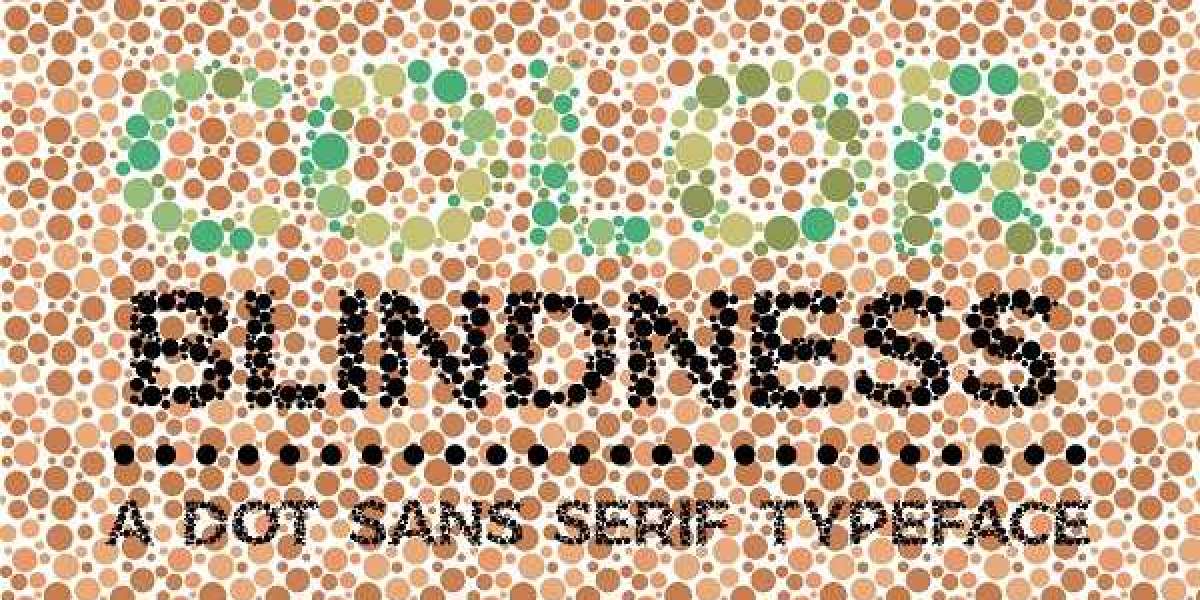Color blindness is also known as dyschromia. This is an eye disease in which people can see things clearly but cannot distinguish certain colors, such as red, green, or blue, or when they are mixed together.
Three common color blindness tests
Currently, ophthalmologists have many ways to perform a color blind test, but the most common are:
Ishihara Color Blindness Test:
Your doctor will ask you to look at a series of circles with dots of different colors and sizes. Some dots form a one- to two-digit number or shape. If you belong to the red-green colorblind group, you will have a hard time recognizing those shapes or may not even see them.
HRR color blindness test:
This test is similar to the Ishihara but helps screen for blue-yellow vision problems.
Cambridge color blindness test:
This experiment is similar to the Ishihara color blindness test, except that it takes place on a computer. You will be asked to find a "C" shape with a different color from the background. The test will appear randomly. If you see the letter C, press one of the four keys as instructed.
ali jen
1 Blog posts








